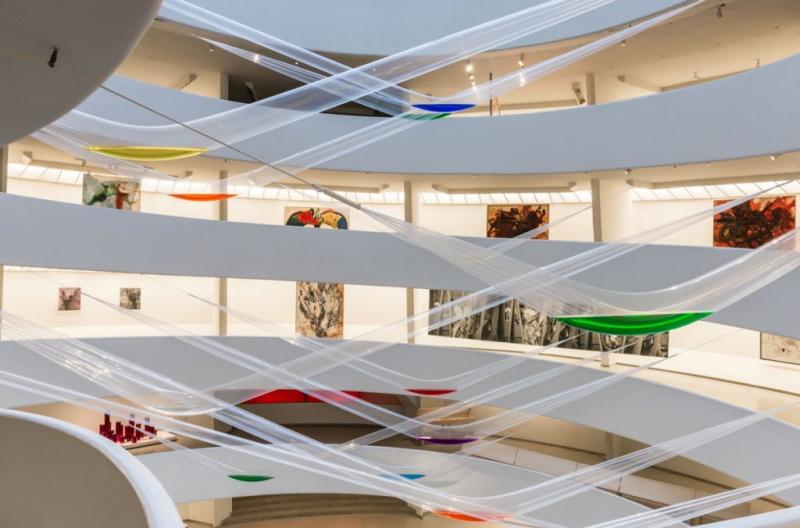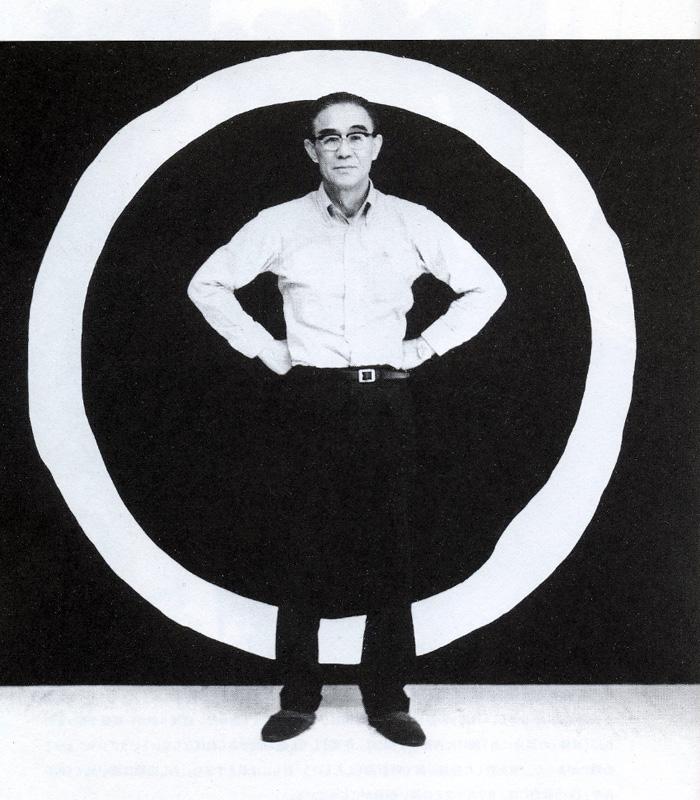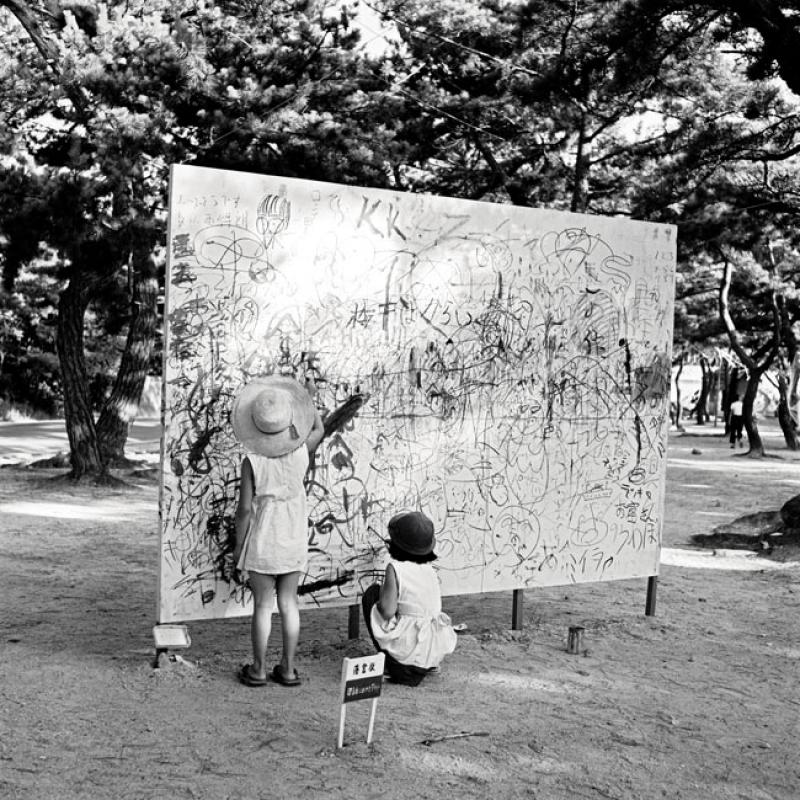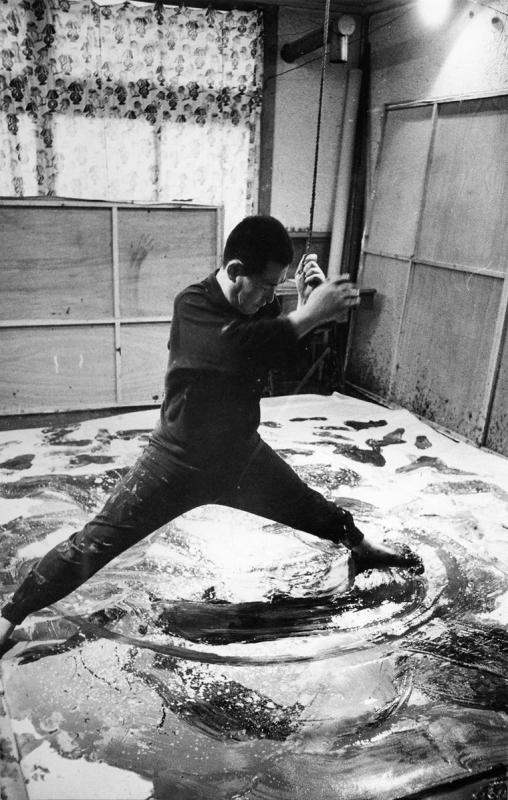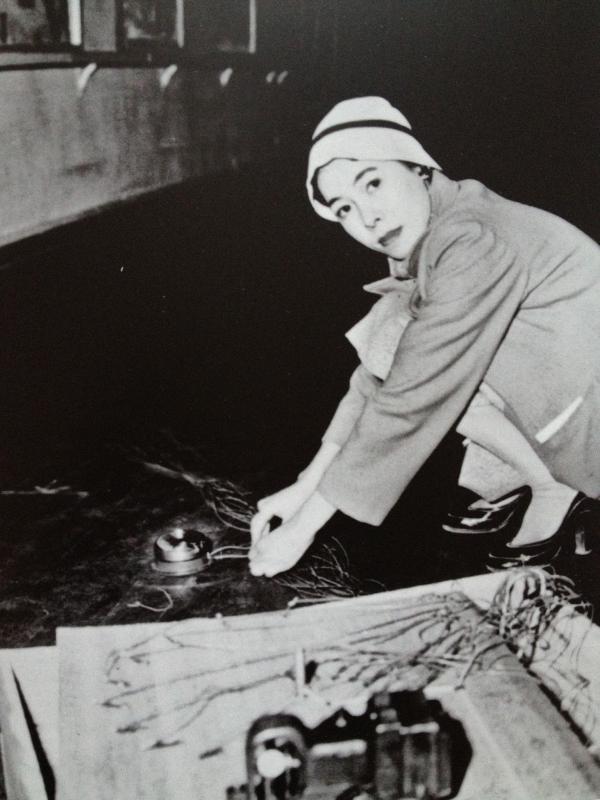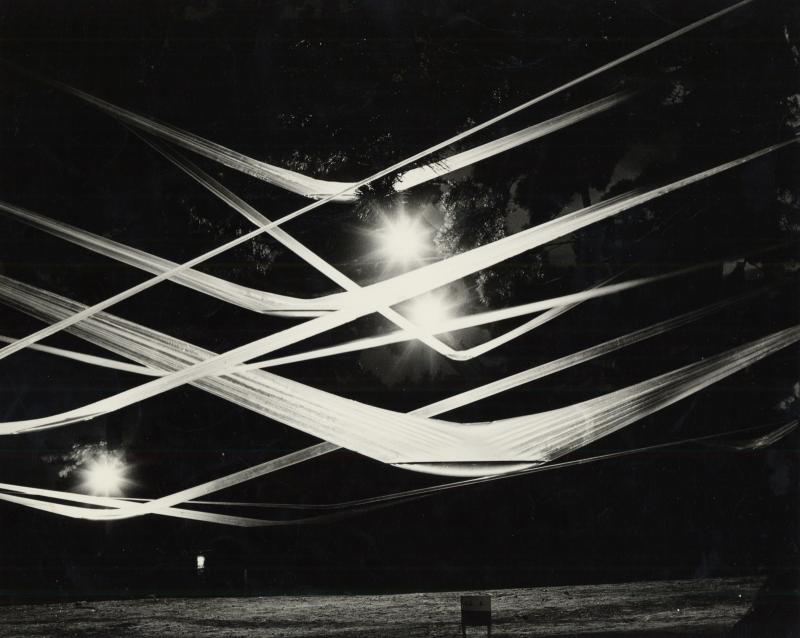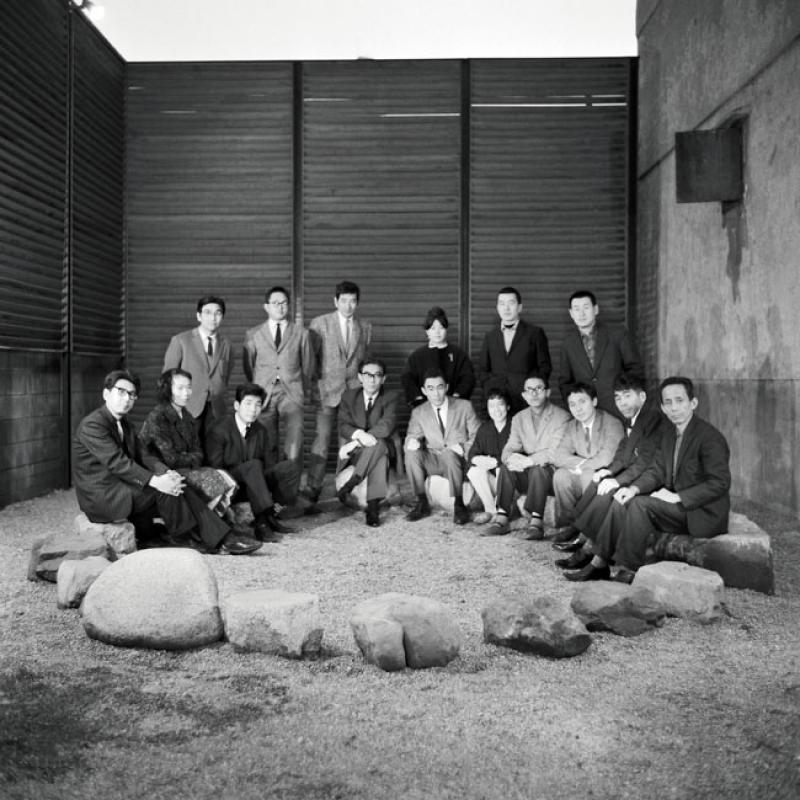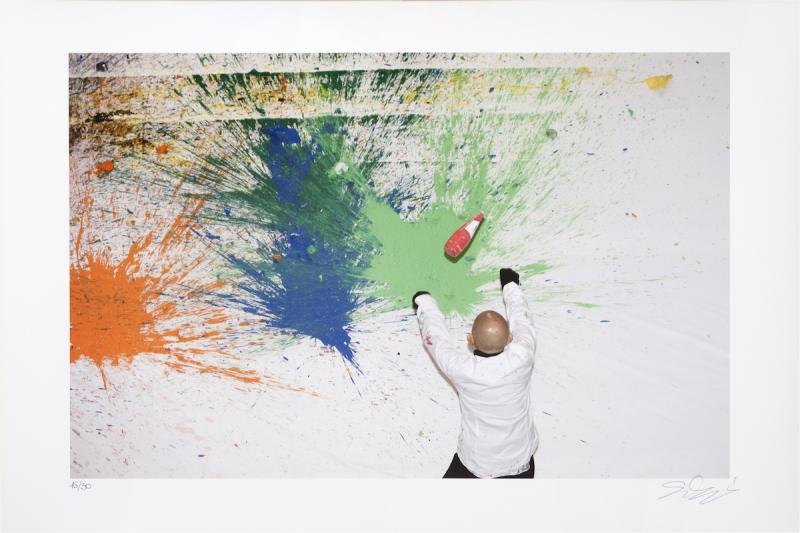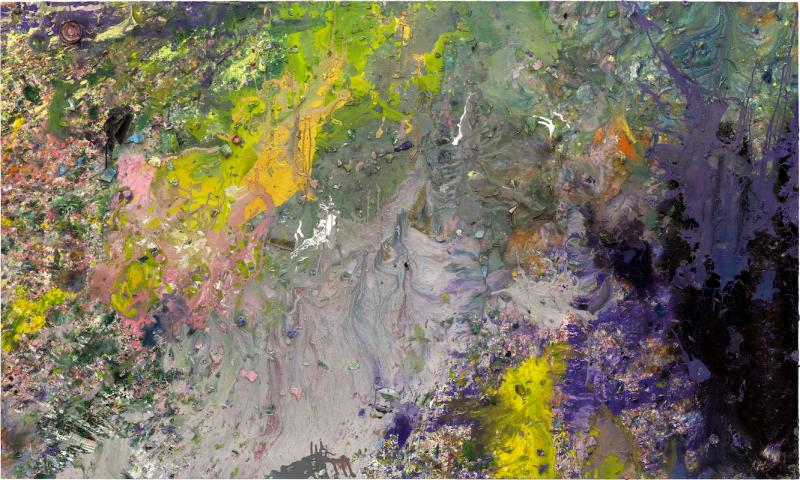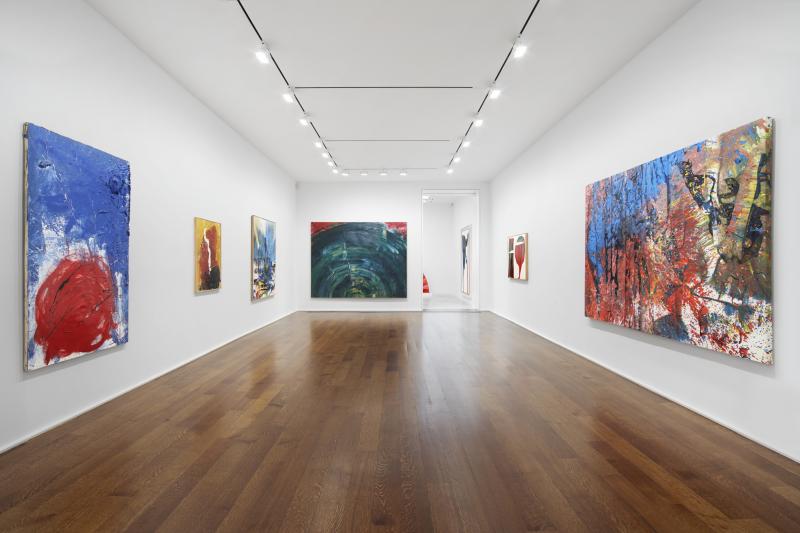The Gutai movement, through the global market’s perspective
 Art Market | In December 1954, in a country still shaken by the trauma of the Second World War, Jiro Yoshihara (1905-1972) founded the Gutai movement around a gathering of roughly fifteen young artists. The movement’s longevity and its members’ plastic proposals made it the driving force of the Japanese avant-garde and one of the pioneering artistic movements of the 20th century. Despite its well-established reputation on the international art scene, its impact on the art market has only been recent.
Art Market | In December 1954, in a country still shaken by the trauma of the Second World War, Jiro Yoshihara (1905-1972) founded the Gutai movement around a gathering of roughly fifteen young artists. The movement’s longevity and its members’ plastic proposals made it the driving force of the Japanese avant-garde and one of the pioneering artistic movements of the 20th century. Despite its well-established reputation on the international art scene, its impact on the art market has only been recent.
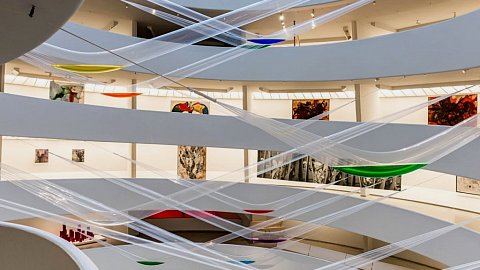
1 / 10
Vue de l’exposition "Gutai: Splendid Playground" au Solomon R. Guggenheim Museum, New York, 15 février – 8 mai, 2013
© Photo: David Heald
An analysis of auctions involving first generation Gutai artists is illustrative of a clear upward trend in terms of volume and value of sales, particularly since 2014. Of 87 lots by Shozo Shimamoto (1928-2013) at auction in the 2008-2013 period, 52 were bought-in (remained unsold) and 20 were sold under the low estimate. Just a few years later, between 2014 and 2015, a radical shift took place whereby 48 Shimamoto pieces were sold for a total amount of $5,385,921. Likewise, from 2014 to the present day, 86 lots by […]
You have 75% of the article to read ...
This article is free to read.
To continue reading it…
Subscribe
FREE
To our newsletter
Have you already subscribed to our newsletter?
Please enter your e-mail address
Read also
